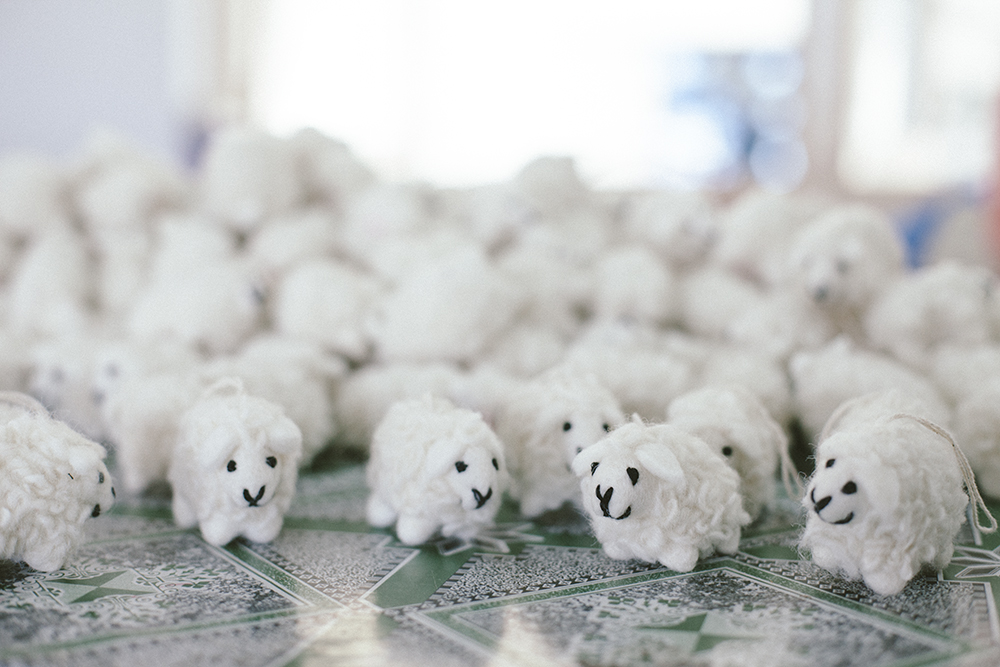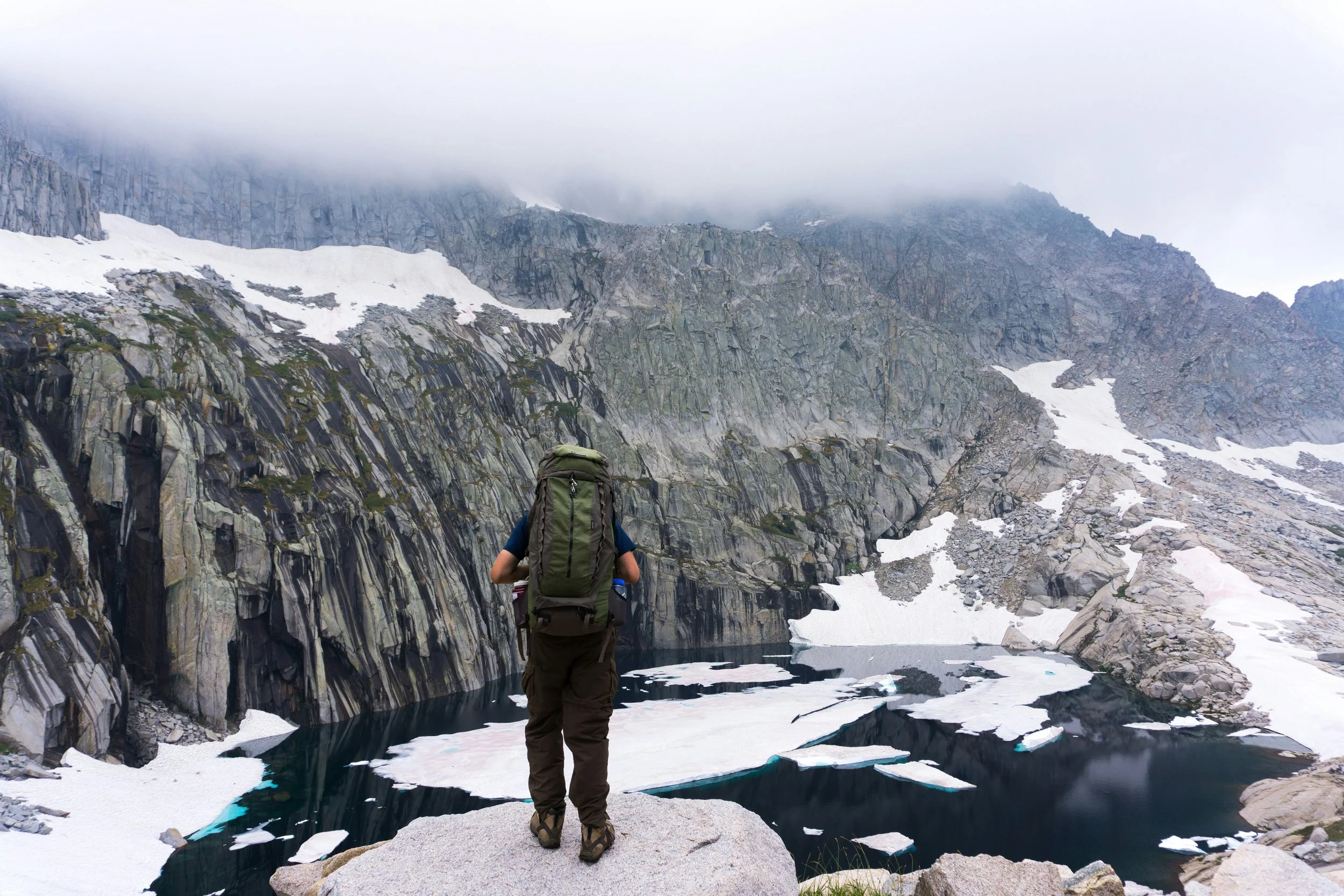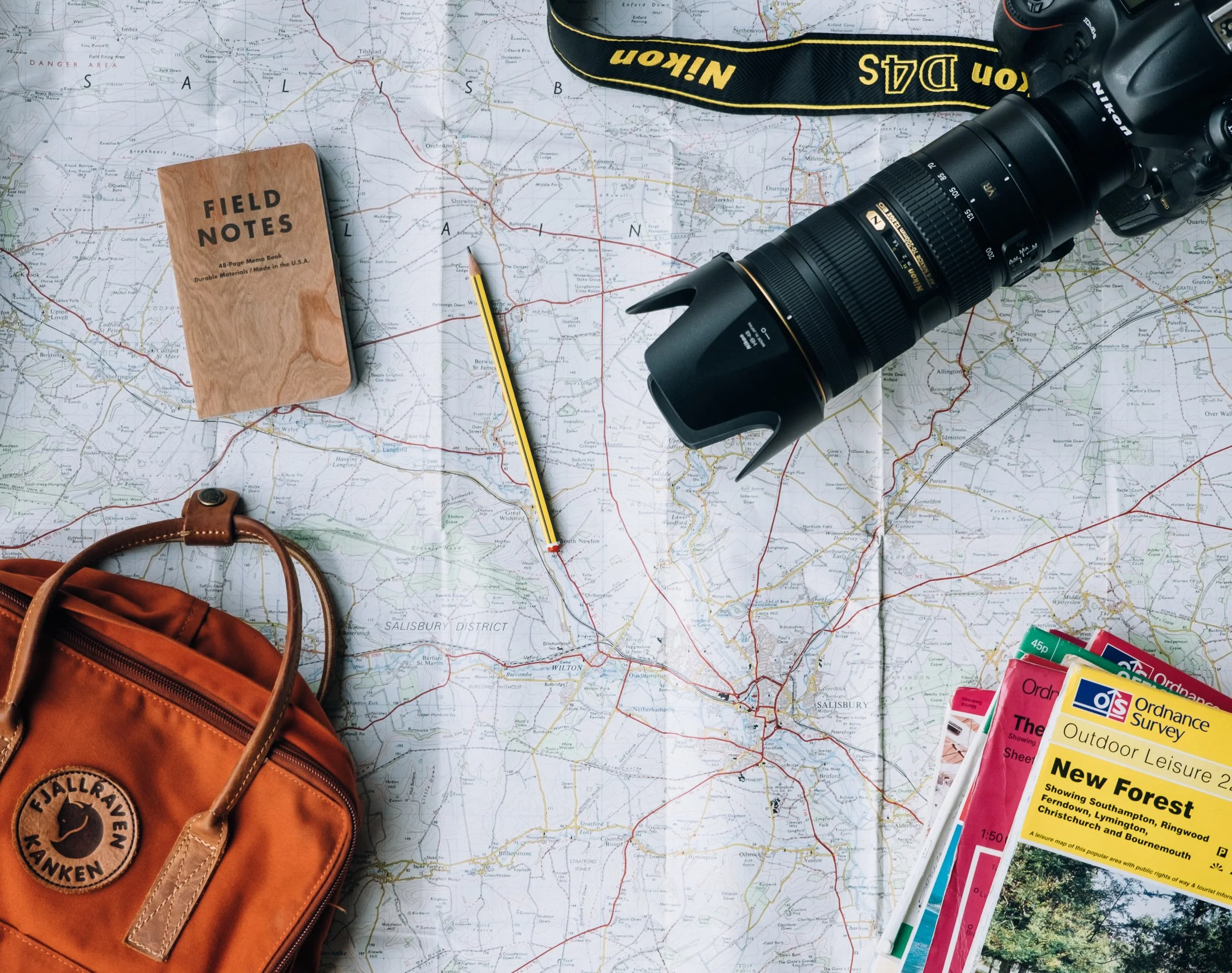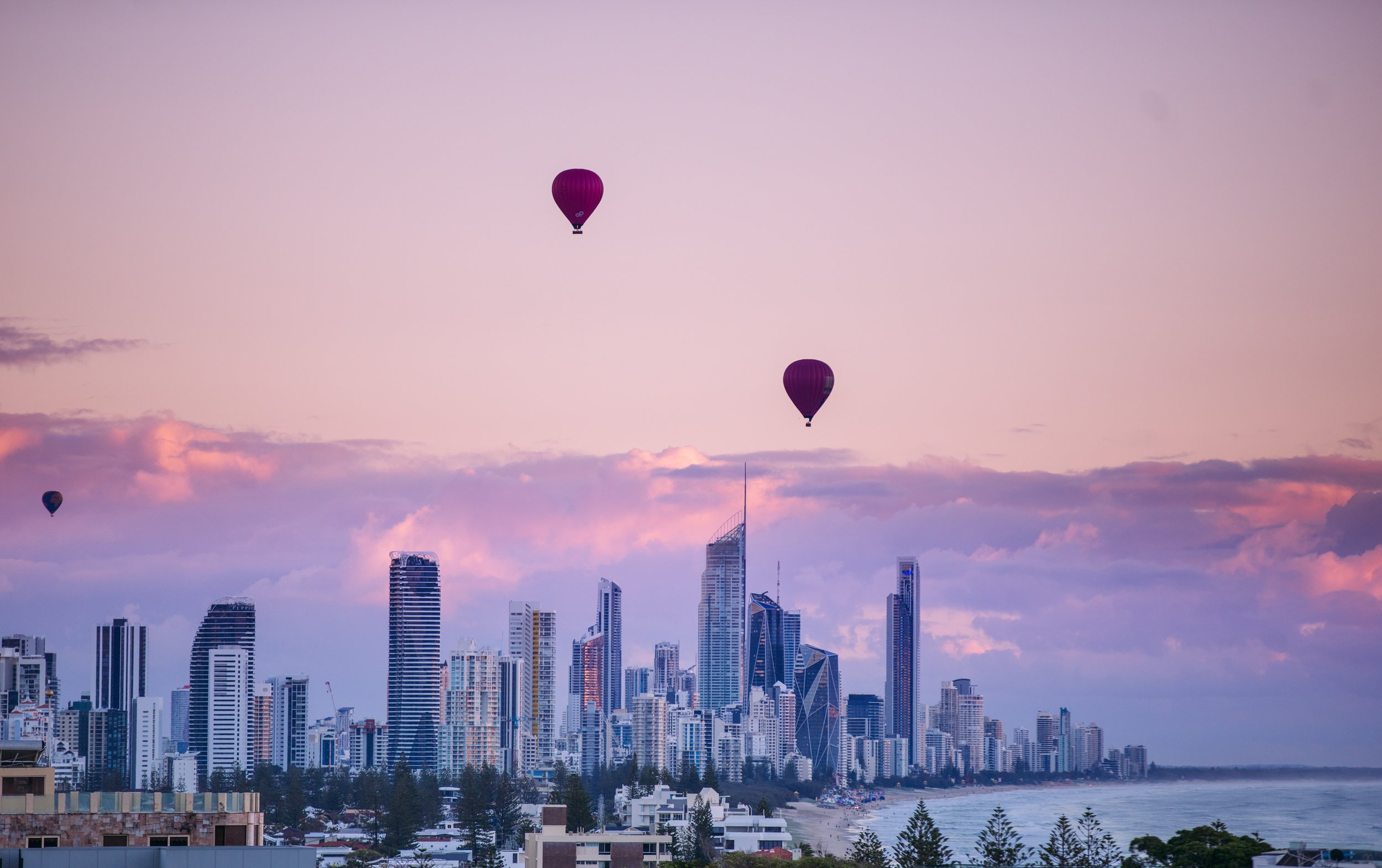“Made in…” series is a personal project of HandZaround, which focuses on discovering creative brands, artists and local enterprises, who have a positive impact on local culture and community.
Nepal - the land of Himalayas, trekking, Hindus, temples, and earthquakes! This is often the stereotypical view of the landlocked birthplace of Buddha. Although there is some truth in these words, the culture of Nepalese creatives works hard to forge a new identity for the country.
We came across Everest Fashion thanks to our Nepalese friend, Bichitra. We had a pleasure of paying them a visit in their factory, and see how their products are created from scratch. We learnt a lot whilst talking to Rabin Shrestha, who’s the designer of the brand.
Everest Fashion was established in 1994 with the aim of providing job opportunities to the urban and rural women, who otherwise would struggle with poverty and isolation from economic activities. It's also the first Fair Trade USA Certified brand in Nepal.
Starting with only 10 workers, the company employs now more than 500 people!
The products, which we captured in the making, were a variety of wool handicrafts, mostly Christmas decorations and ornaments, but also scarves, hats, shoes, bags and toys, which are exported to Europe, US, Australia and Japan.
The company not only introduces traditional Nepalese handicrafts and promotes an eco-friendly production, it has also been the second largest, or the largest exporter of such products since 2008 in Nepal.
We asked Rabin why they’ve continued the hand-made approach for so many years: “Since the infrastructure in Nepal is still developing and is not as developed as Chinese or Indian one, hand-made processes are what makes Nepalese products unique. Hand-made is what we know and what we can, hand-made is always unique.”
After getting introduced to the first stage of production, design, we were given a tour of the building to see the remaining steps of creating a final product.
We would like to say a big thank you to Rabin Shrestha for talking to us, and to Bichitra Maharjan for organising the meeting.
Have a look below to see some of the production's processes.
Design & Sampling
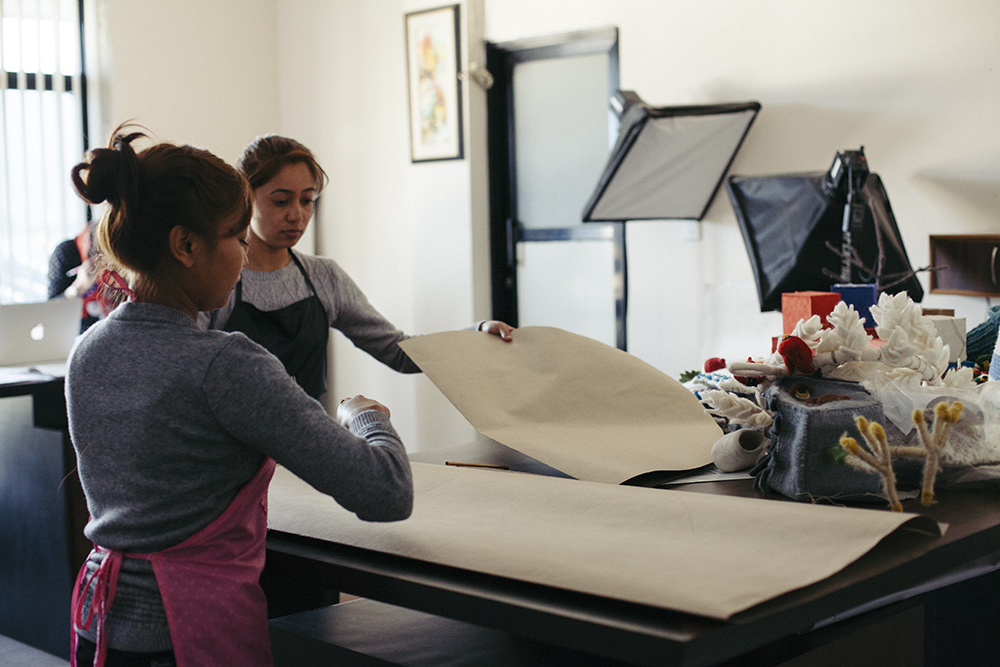
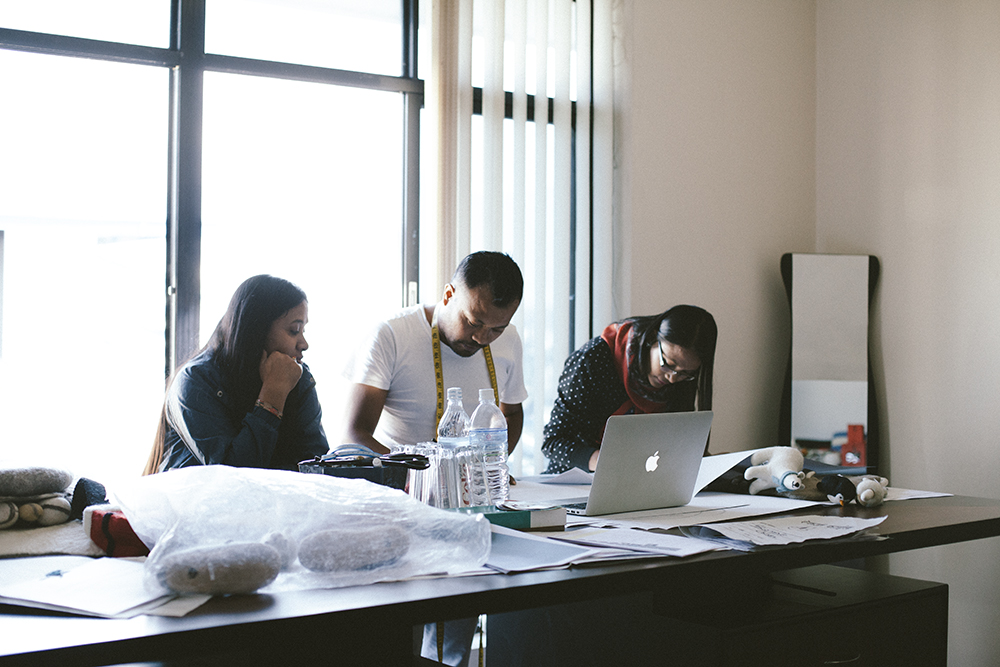
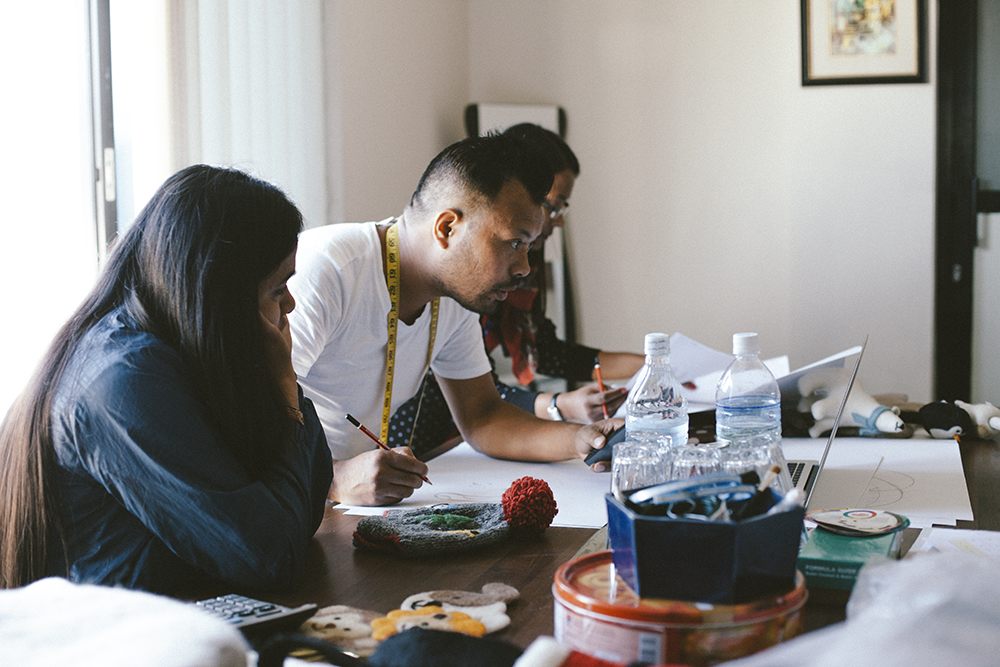
Wool Dying
Wool Drying
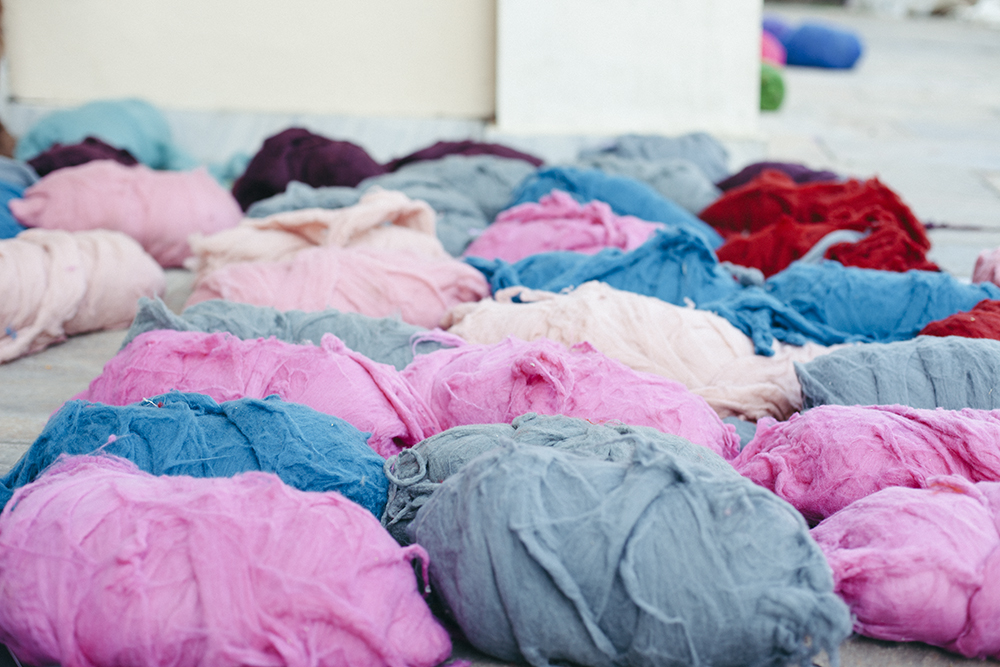
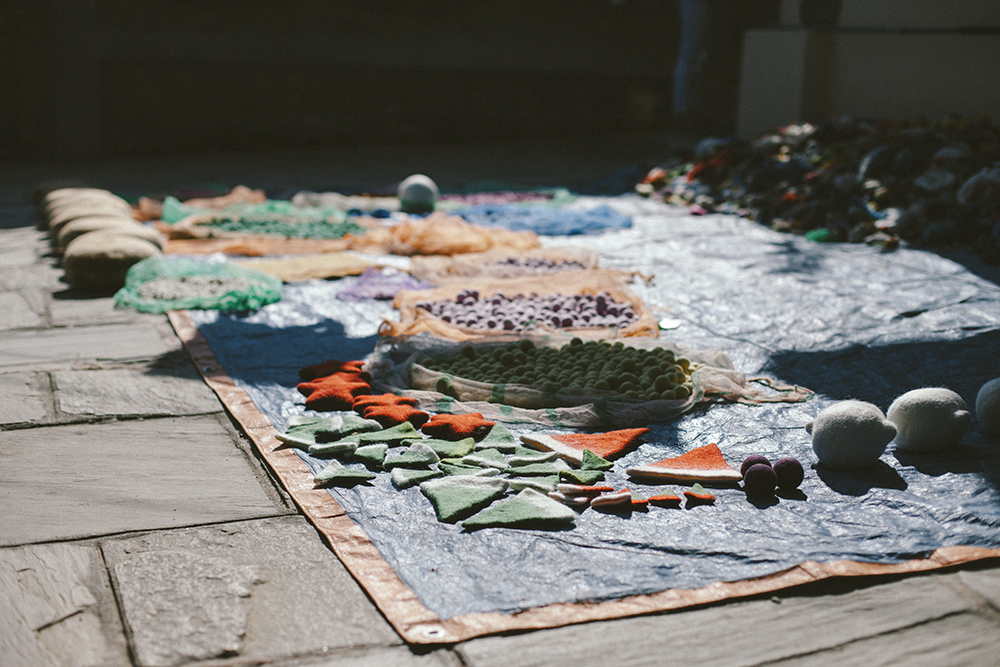

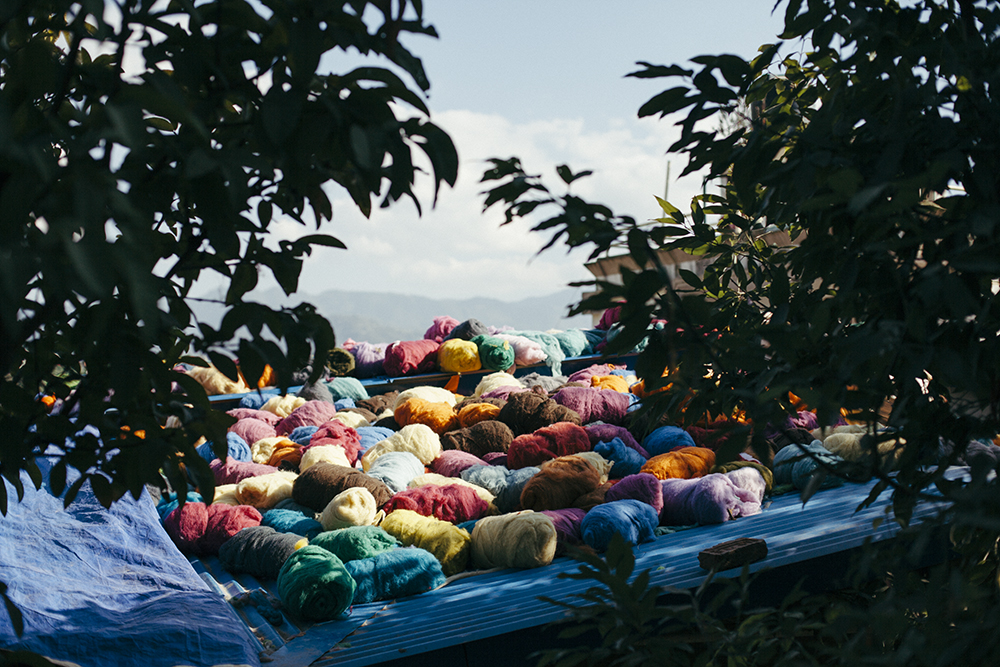
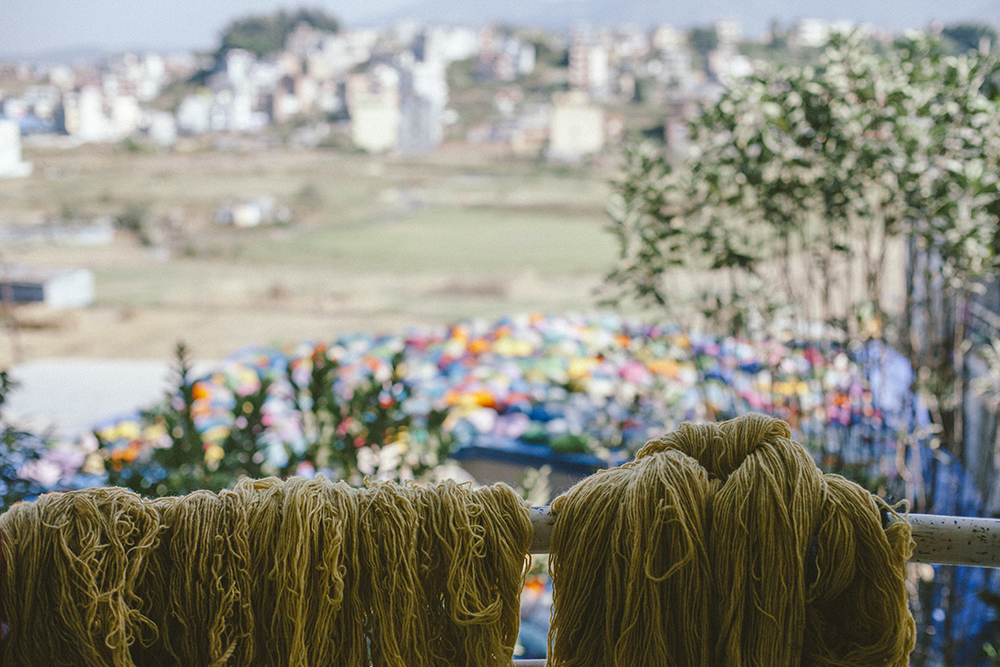
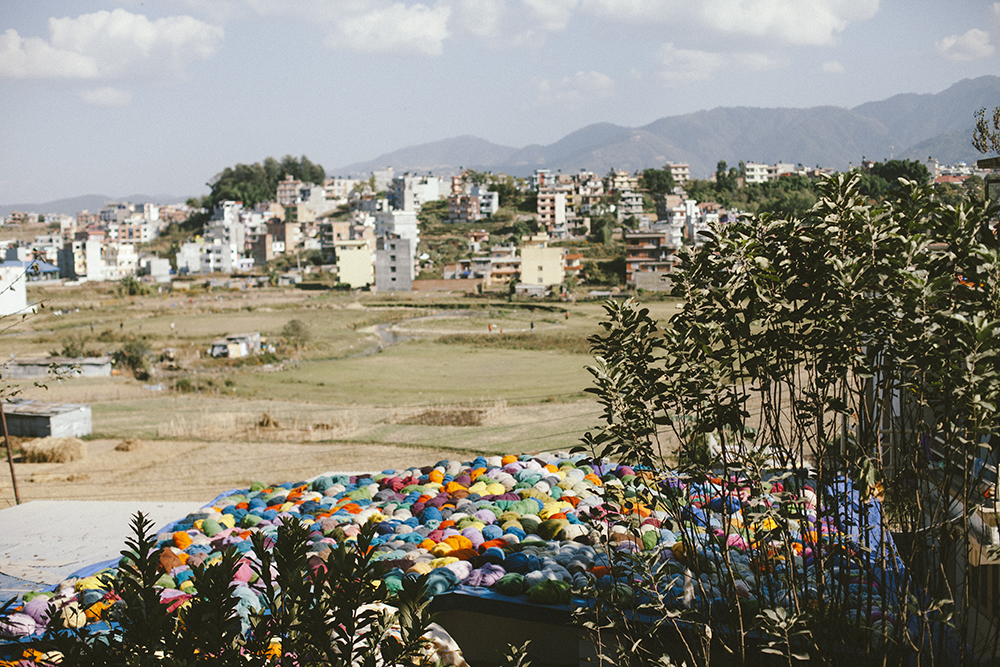
Storage of the wool
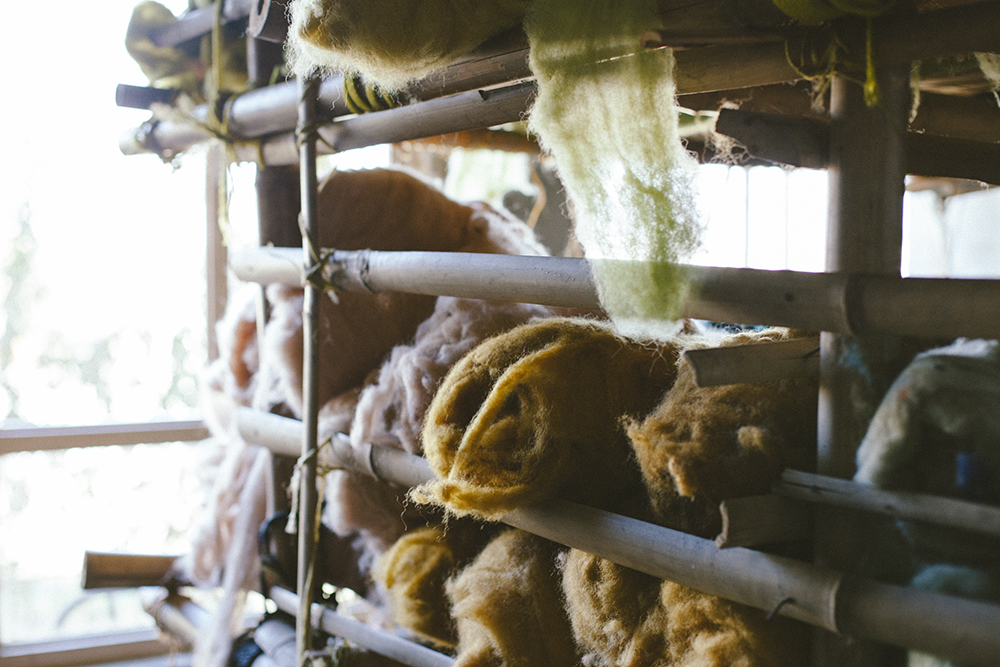
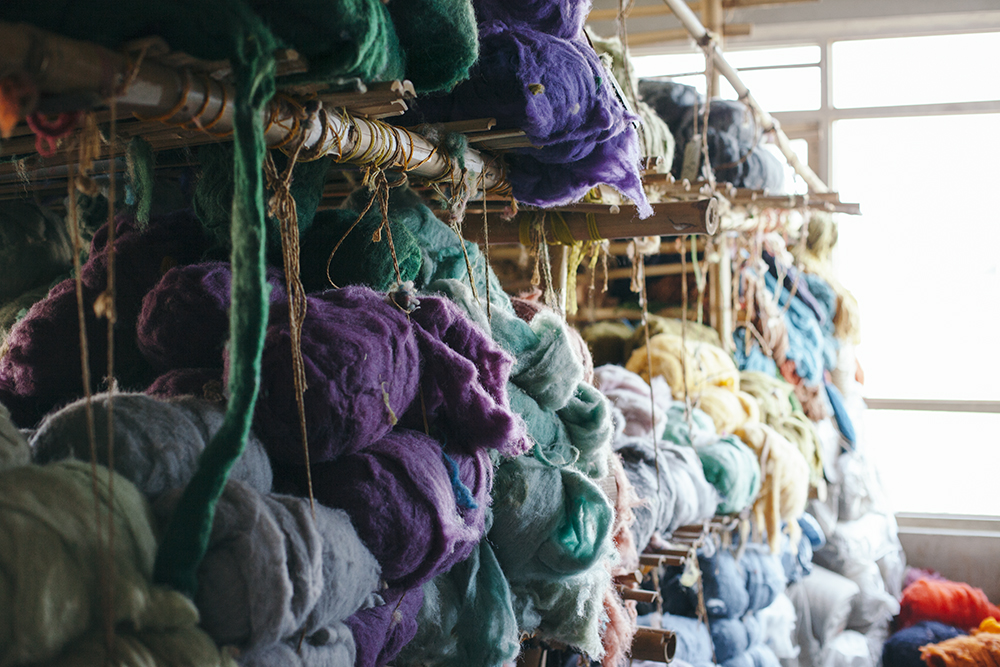
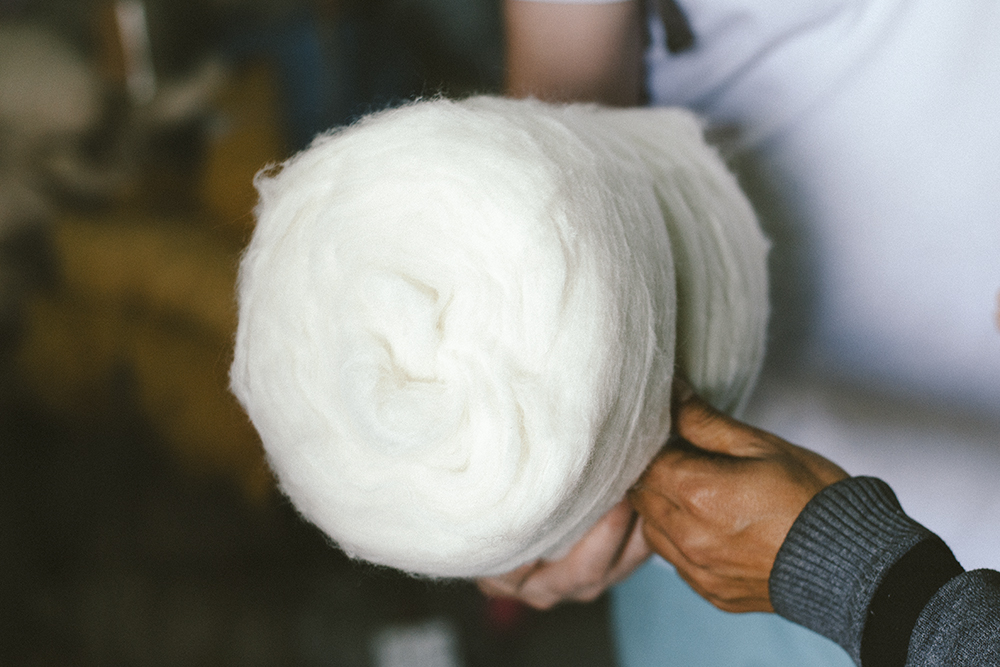
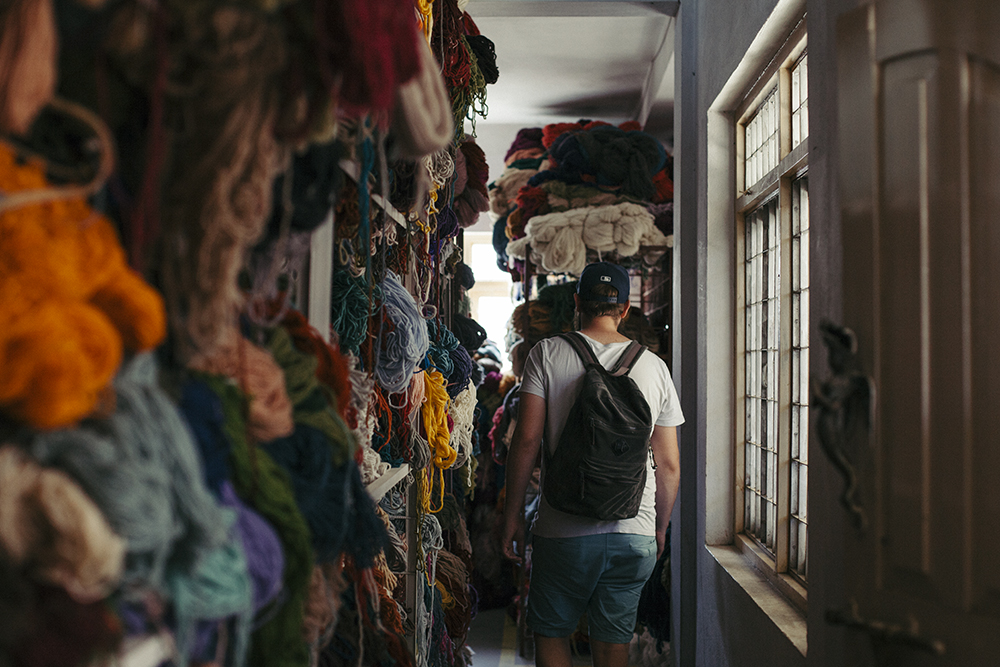
Wet Pressing (to give wool the desired shape)
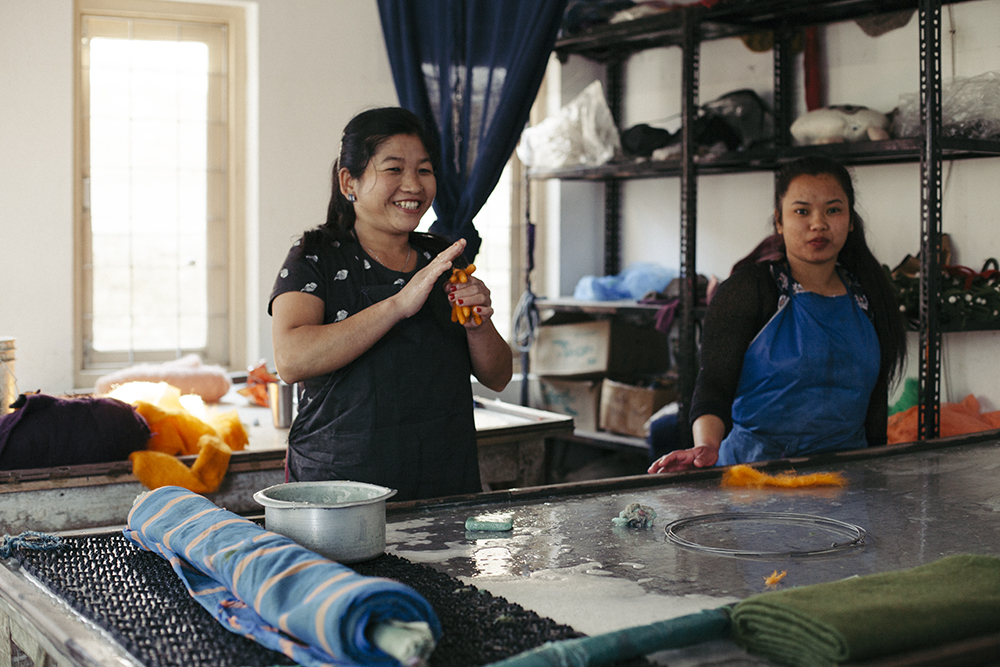
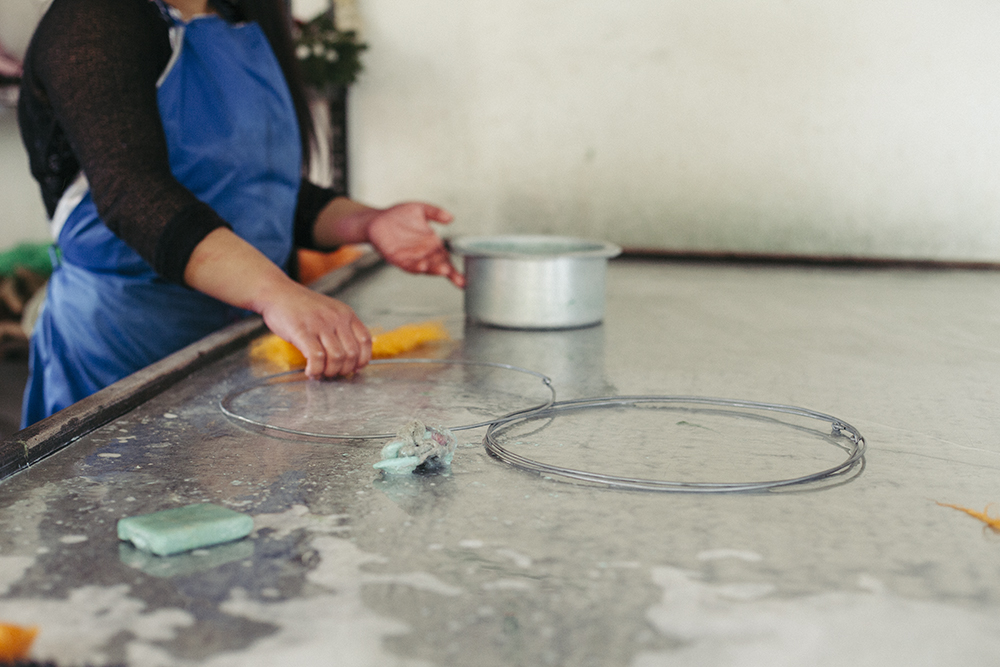
Stitching
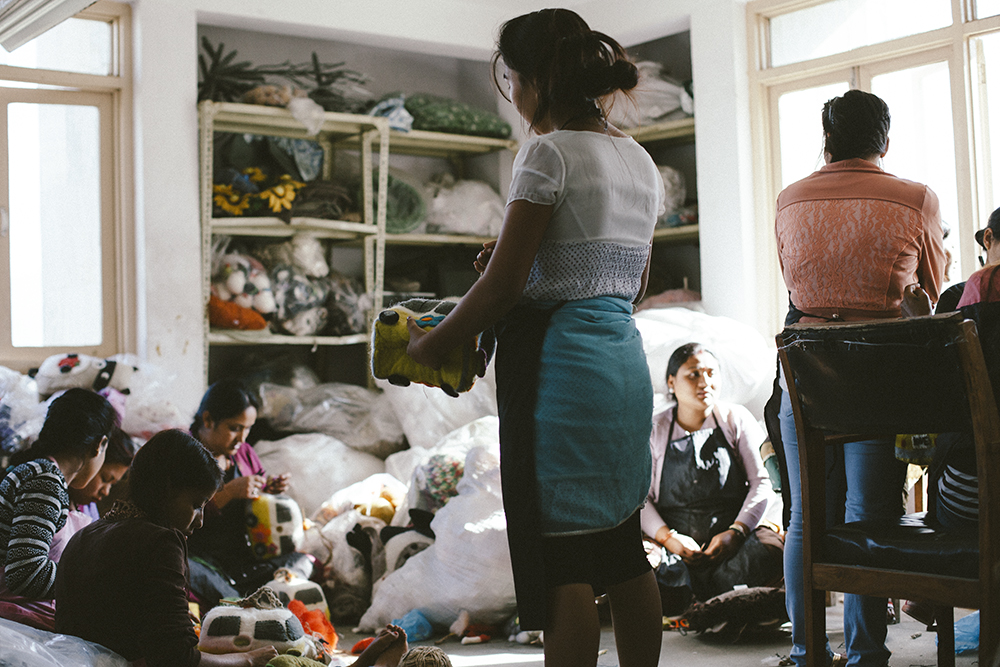

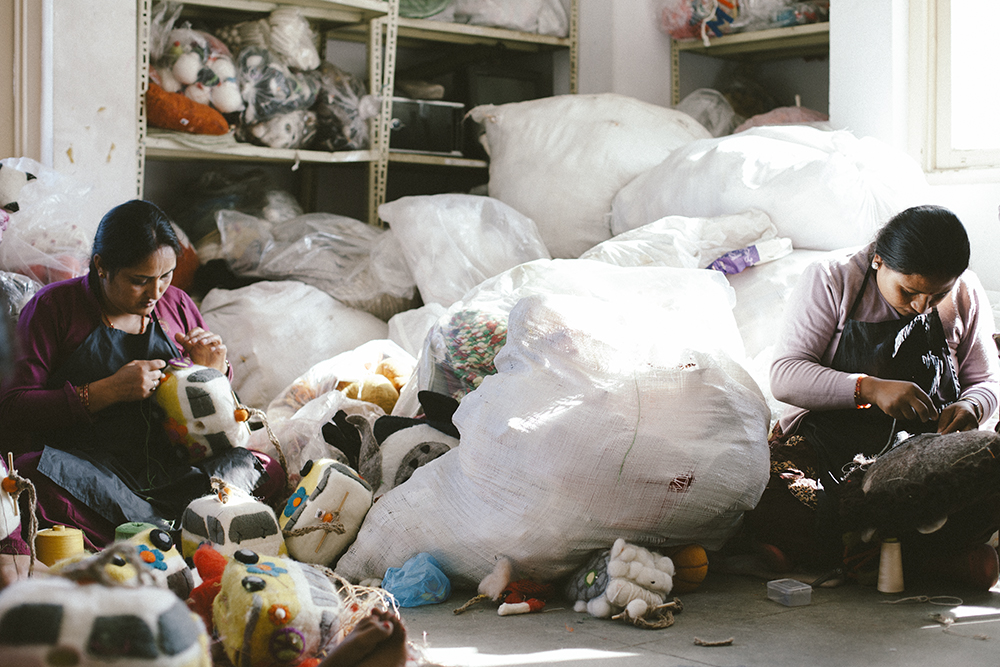
Quality Checking
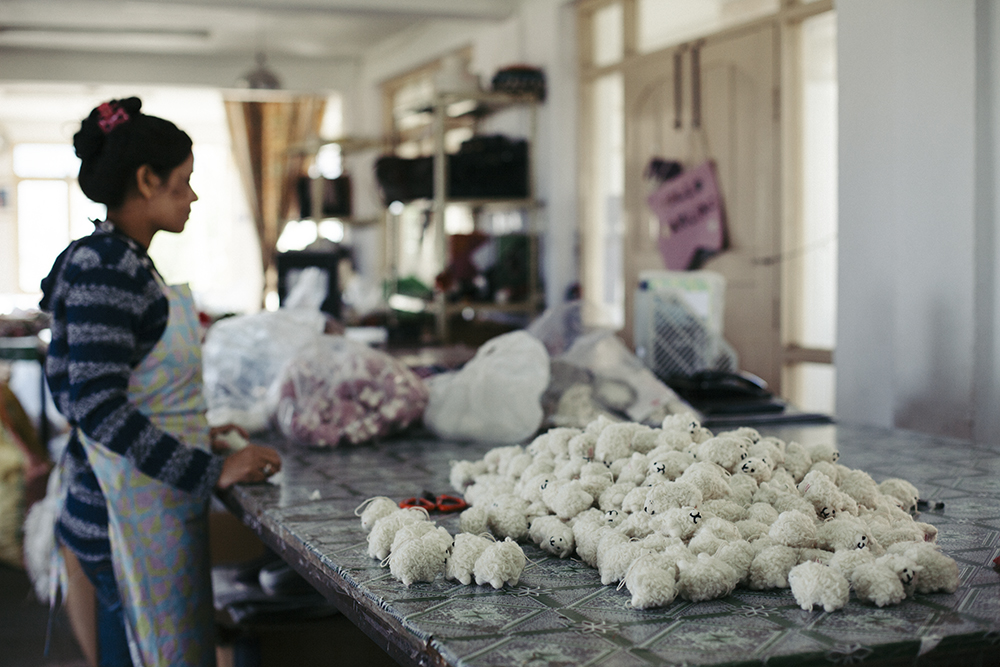
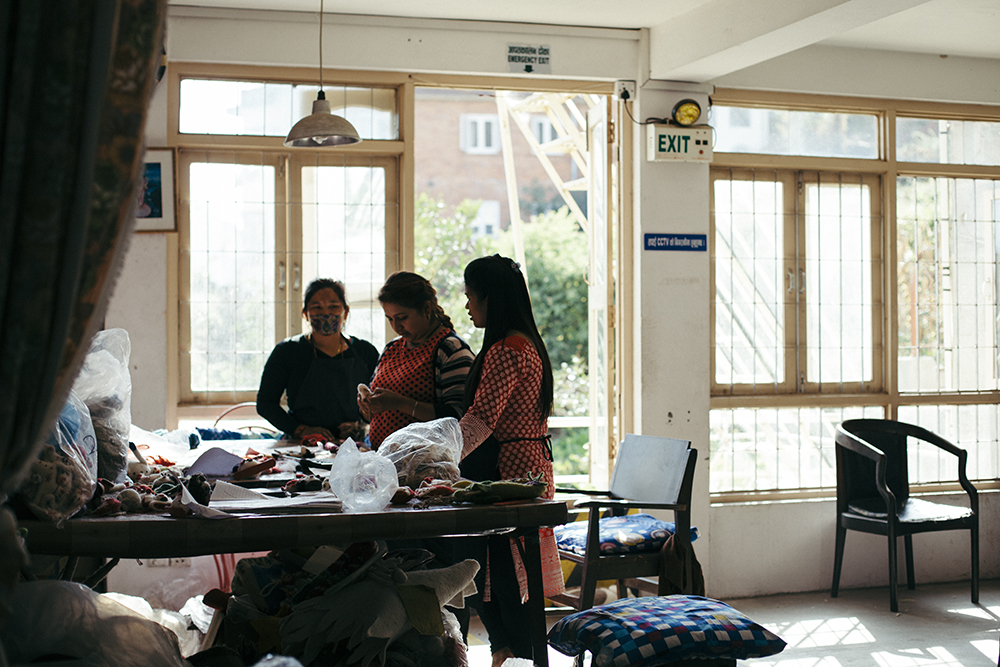
Product Labeling
Some of the ready products. Right in time for Christmas!

